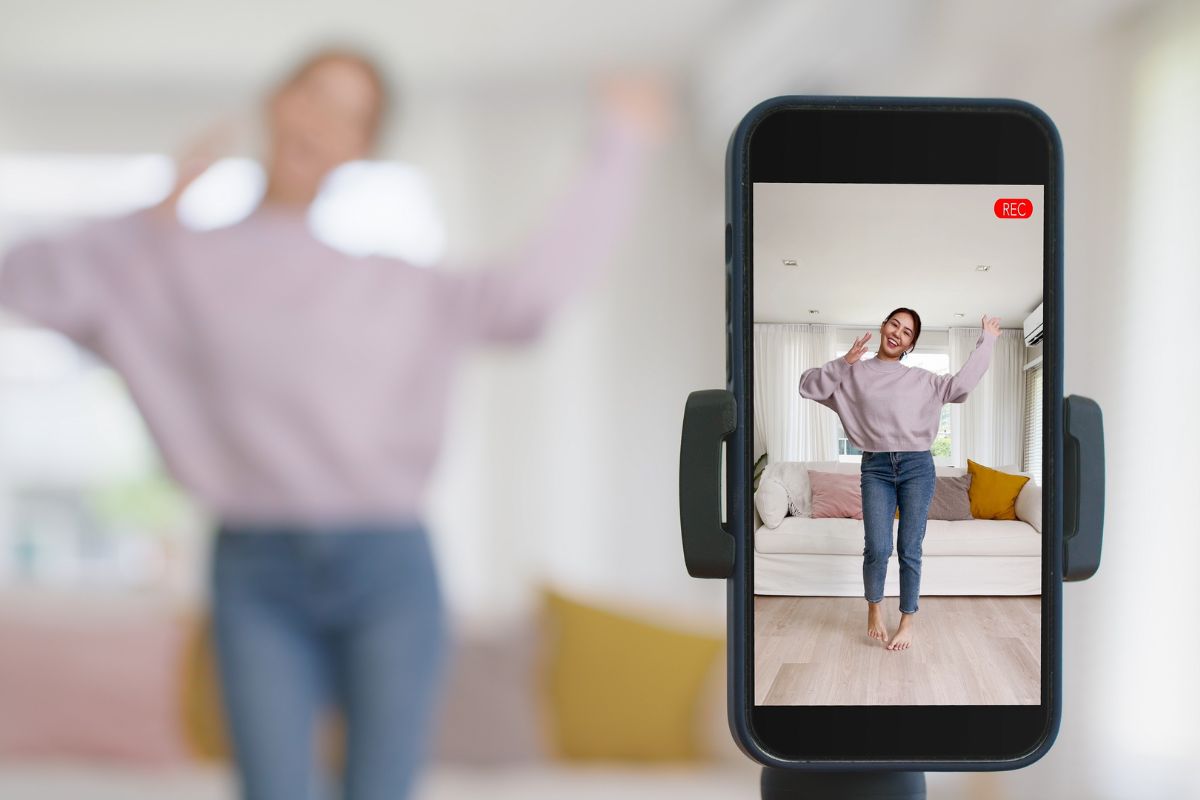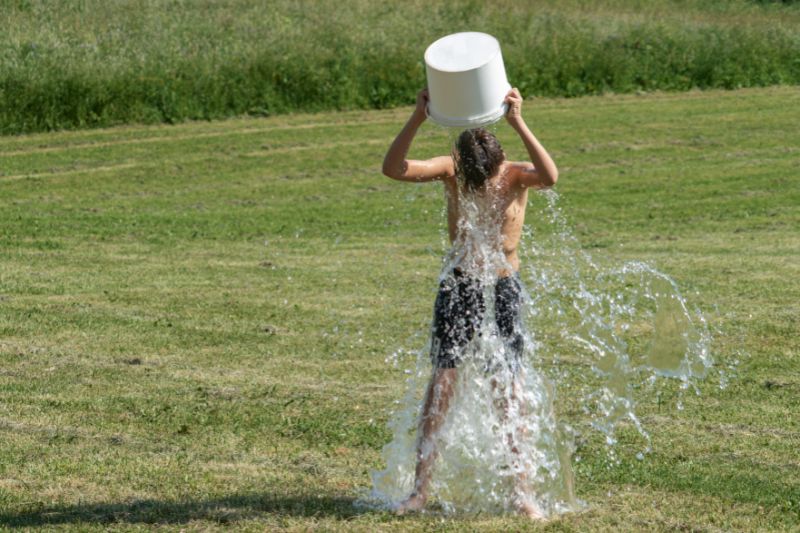
SUMMARY: Viral internet challenges can offer brands massive exposure and engagement when used thoughtfully, but they also come with risks like inauthenticity and brand safety concerns. Businesses should evaluate trends using a strategic checklist to ensure alignment with their values, audience, and marketing goals. ONE18MEDIA advises prioritizing long-term digital strategy over fleeting virality to achieve sustainable success.
—
From dance routines to bottle cap flips to the ever-surprising “What Color is the Dress?” moment, viral internet challenges have become an undeniable force in digital culture. TikTok, Instagram, and even YouTube are fertile grounds for these digital wildfires — often born out of nowhere and sometimes disappearing just as fast. But in a world where visibility equals value, many brands are asking the same question: “Should we join in?”
Before your business rushes to choreograph a dance or remix a trending audio clip, it’s worth taking a deeper look. What makes these challenges go viral? What are the risks and rewards? And most importantly, how do you know if participating aligns with your brand?
Let’s break it down.
Why Do Viral Internet Challenges Take Off?
The answer lies in a mix of psychology, user behavior, and platform algorithms. Challenges are:

- Simple and Replicable: Most challenges involve low barriers to entry. Whether it’s doing a silly dance or completing a themed outfit change, they’re often easy to imitate and share.
- Algorithmically Amplified: Platforms like TikTok prioritize content that drives engagement. The more users replicate a challenge, the more it shows up in others’ feeds. It’s a digital snowball effect.
- Culturally Relevant: Many challenges tie into social issues, humor, nostalgia, or pop culture, making them emotionally resonant and easy to relate to.
Add to that the human desire for connection, recognition, and participation, and it’s easy to see why these trends catch fire.
The Appeal for Brands
For brands, viral internet challenges offer three major attractions:
- Massive Exposure: Successful participation in a trend can lead to millions of impressions—without spending a dime on ad placement.
- Relatability: Brands that show a human side, especially on platforms known for humor and creativity, often gain audience trust and loyalty.
- Engagement Boosts: Whether through comments, shares, or duets, challenges can drive direct interaction with your audience.
For example, brands like Chipotle, NBA, and Duolingo have all successfully leaned into TikTok challenges, earning millions of views and strengthening their brand image.
HOW TO BUILD BETTER ENGAGEMENT ON INSTAGRAM
But There’s a Catch…
Not all exposure is good exposure. Jumping into a trend without careful thought can quickly backfire. Here are a few pitfalls to watch out for:
- Brand Safety Risks: Some challenges can be inappropriate, controversial, or just not suitable for a professional brand voice. Participating in the wrong challenge can lead to negative press or lost credibility.
- Inauthenticity: Forced or tone-deaf attempts to be “hip” can alienate your audience. Today’s users, especially Gen Z, are quick to sniff out and call out brands trying too hard.
- Diluted Messaging: While going viral might boost your visibility, it doesn’t always translate to conversions. If the challenge doesn’t align with your marketing goals, you risk wasting resources on vanity metrics.
Go or No-Go? A Decision-Making Checklist
To help brands make smart decisions, ONE18 recommends the following checklist before hopping on the latest challenge:
- Does it align with your brand values and voice?
Don’t do it just to do it. If the challenge doesn’t fit who you are, it’s not worth the engagement. - Is the trend relevant to your audience?
Are your customers even on TikTok? Will they understand or appreciate the trend? Knowing your audience is key. - Do you have the resources to do it well?
A half-hearted or poorly executed video can hurt more than help. Make sure your team has the bandwidth and creative chops. - Can you add value or a unique spin?
The best branded takes on challenges don’t just copy — they innovate or inject personality. - What’s your objective?
Are you trying to build brand awareness, drive traffic, or generate leads? Make sure the challenge supports that goal.
WHY YOU SHOULD INCORPORATE LIVE STREAMING IN 2025
When It Works, It Works
One example of a successful challenge adaptation comes from the beauty brand e.l.f. Cosmetics. Their “#eyeslipsface” challenge not only went viral but became one of TikTok’s most successful branded campaigns, racking up over 7 billion views. Why? Because it was original, on-brand, and embraced user creativity.
On the other hand, the backlash against some corporations co-opting the “Blackout Tuesday” social media moment — without clear action or sincerity — shows how jumping into a trend without authenticity can create more harm than good.
Strategy First, Virality Second
Viral internet challenges may be tempting — and sometimes powerful — but they shouldn’t replace a sound digital strategy. At ONE18, we believe in purpose-driven marketing. That means helping businesses tap into trends only when it makes strategic sense.
Instead of chasing virality for virality’s sake, focus on building a brand that earns trust, delivers value, and connects with your audience authentically. If a trend fits into that framework, great. If not, stick to your strategy.
The next few viral internet challenges may be around the corner — but your brand’s reputation and ROI deserve more than a quick flash in the pan.
Need help navigating social trends or building a digital strategy that actually works?
With our 18POINT Discovery Analysis, let ONE18 take the guesswork out of it. Contact us today and turn strategy into success.